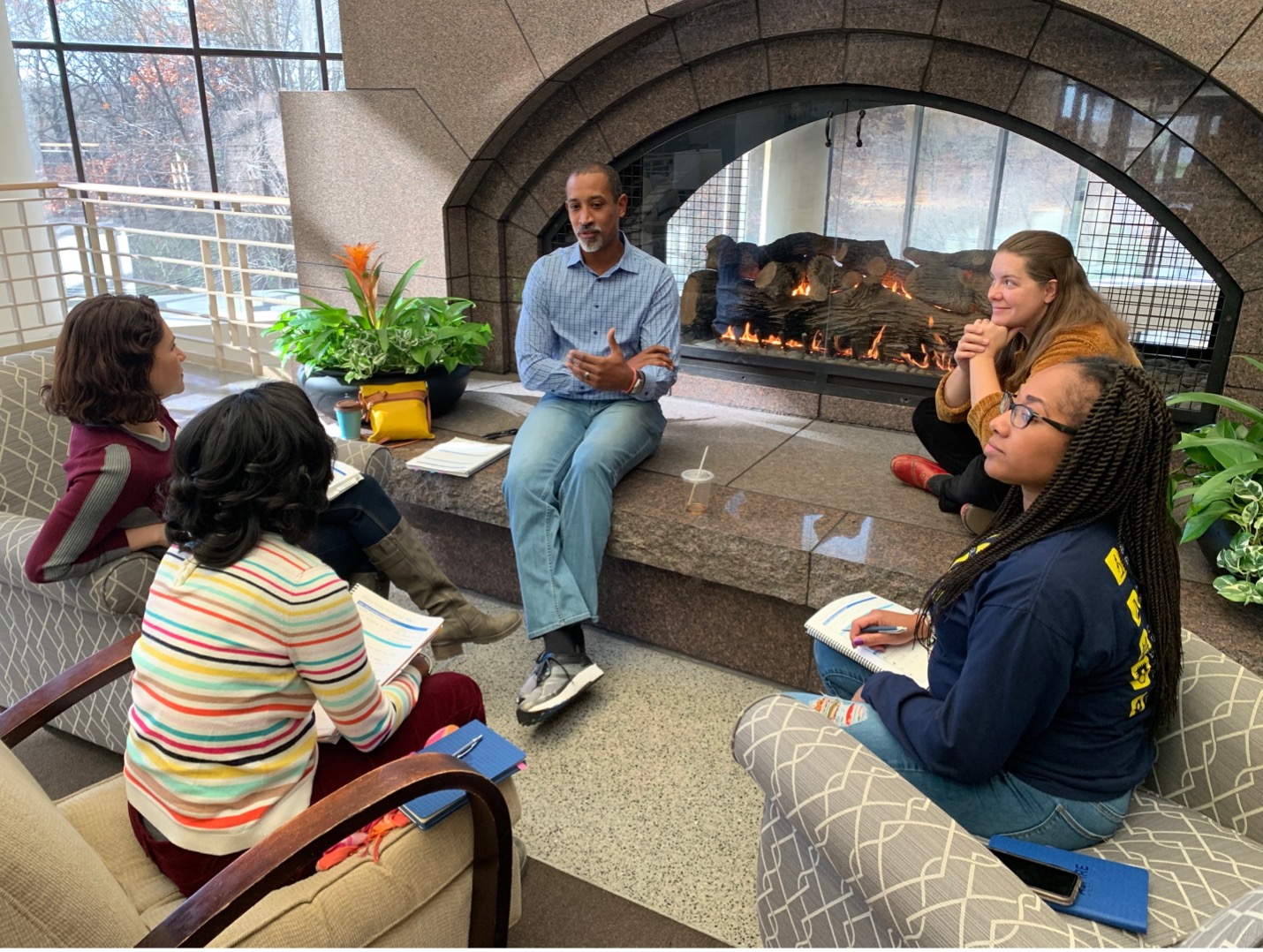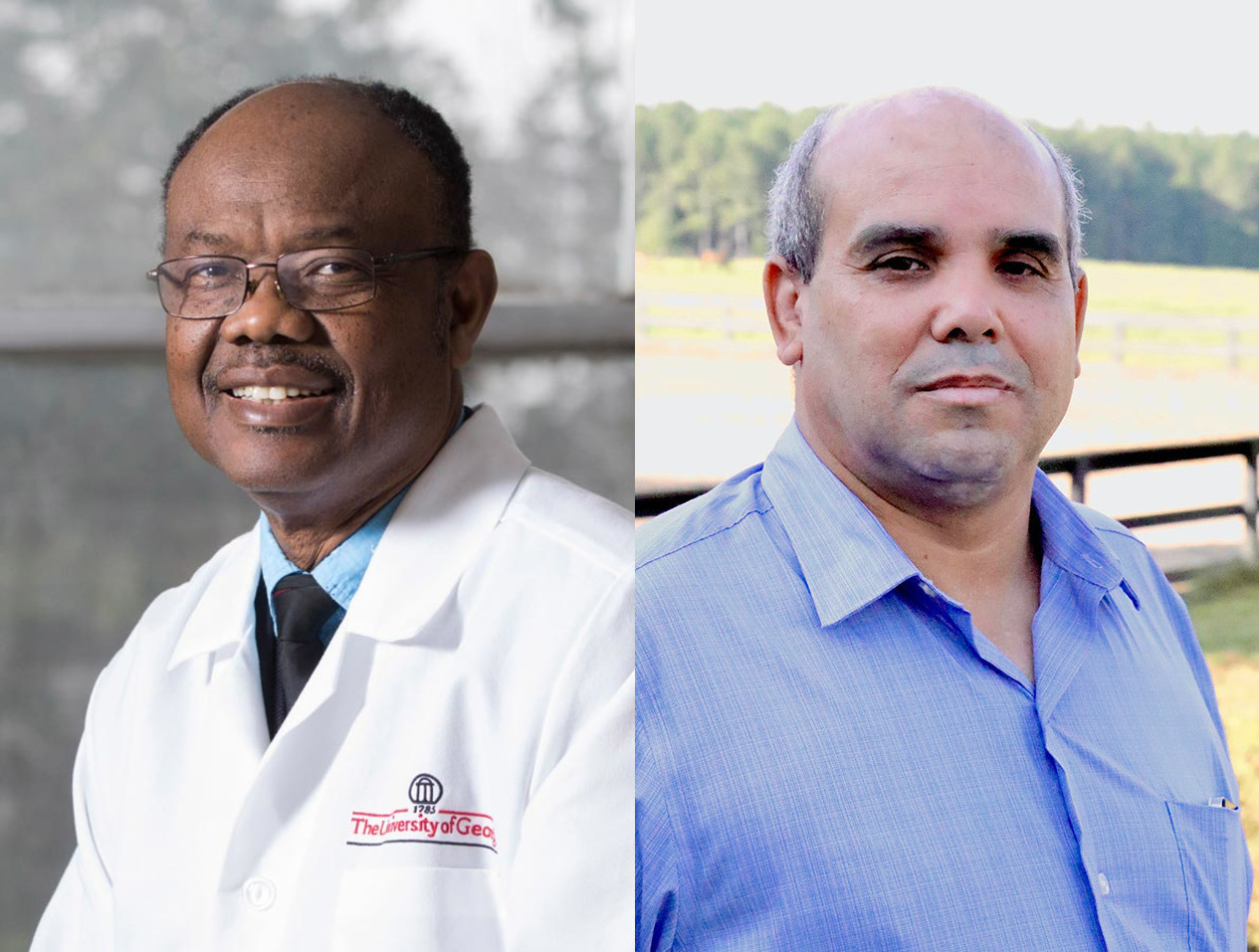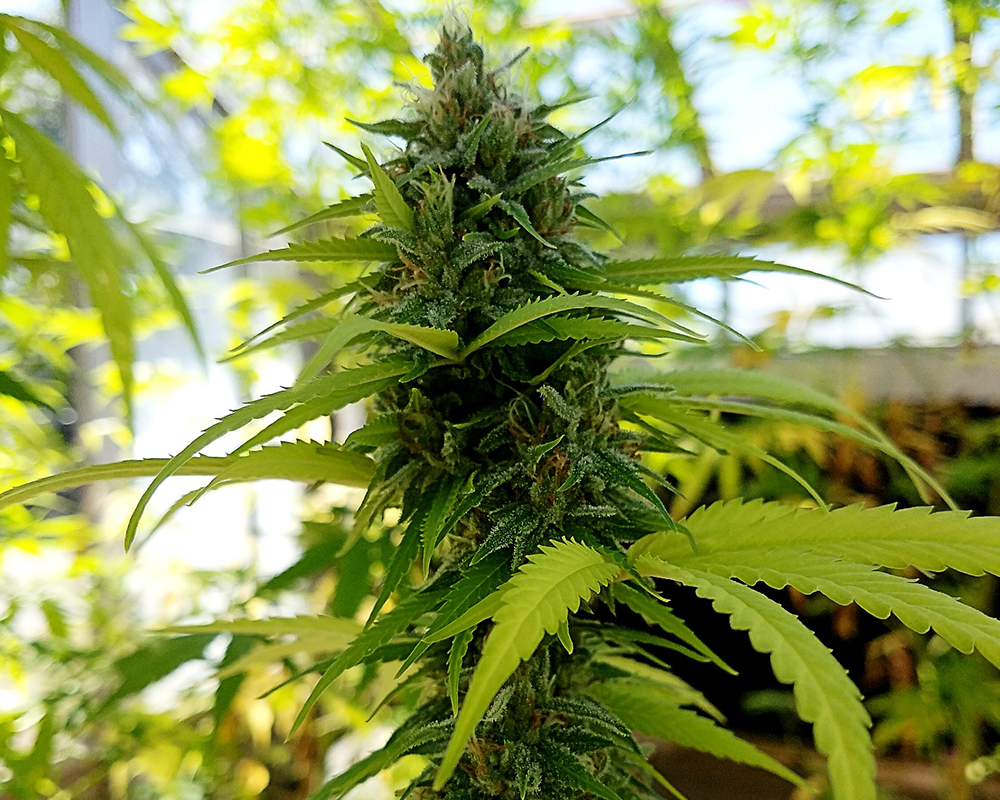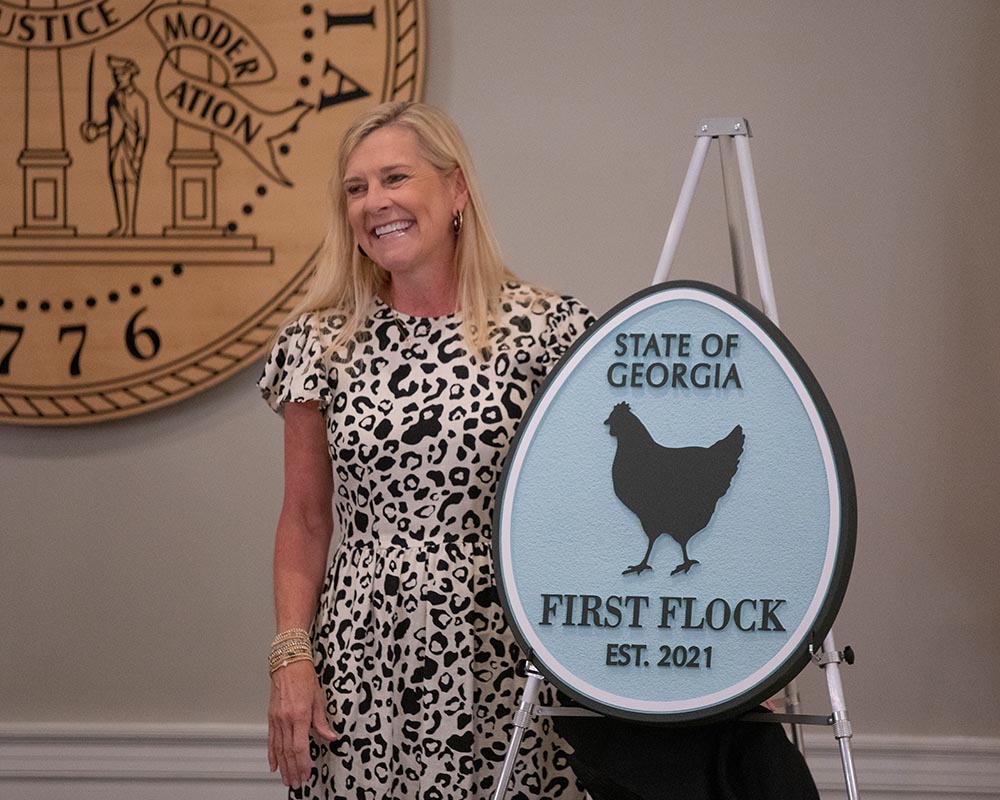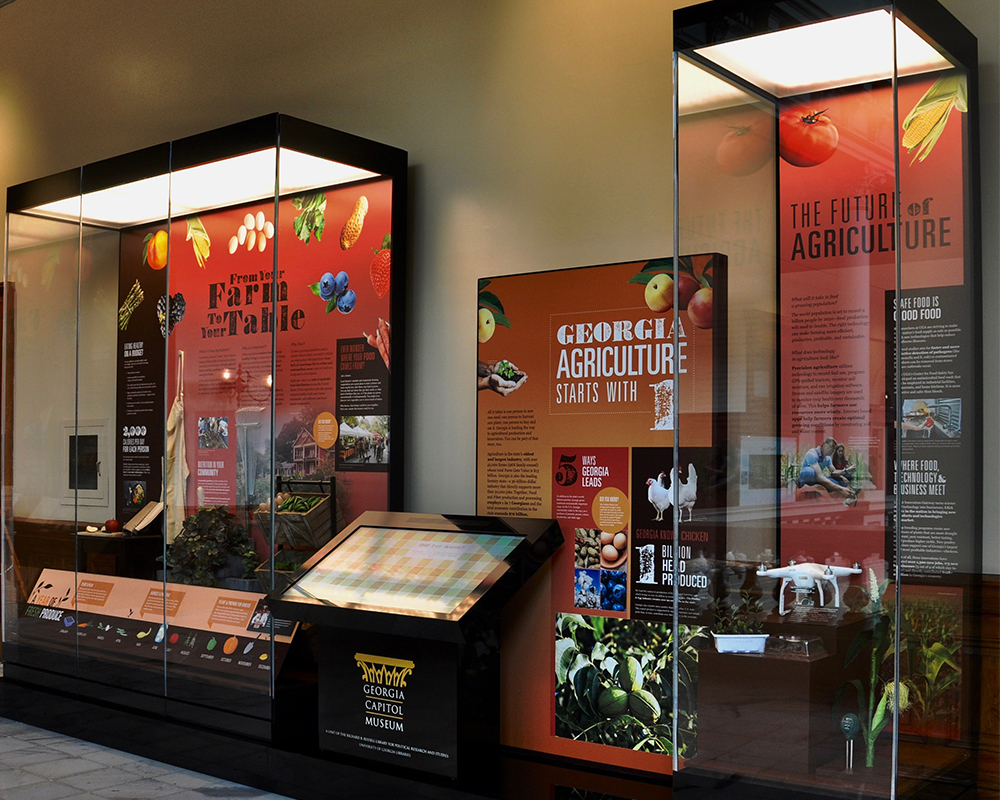 CAES News
CAES News
CAES Outreach
With the harvest season in full swing, October brings the welcome return of two of the largest events of the year for the agricultural and environmental science communities: the Georgia National Fair and the Sunbelt Agricultural Expo.

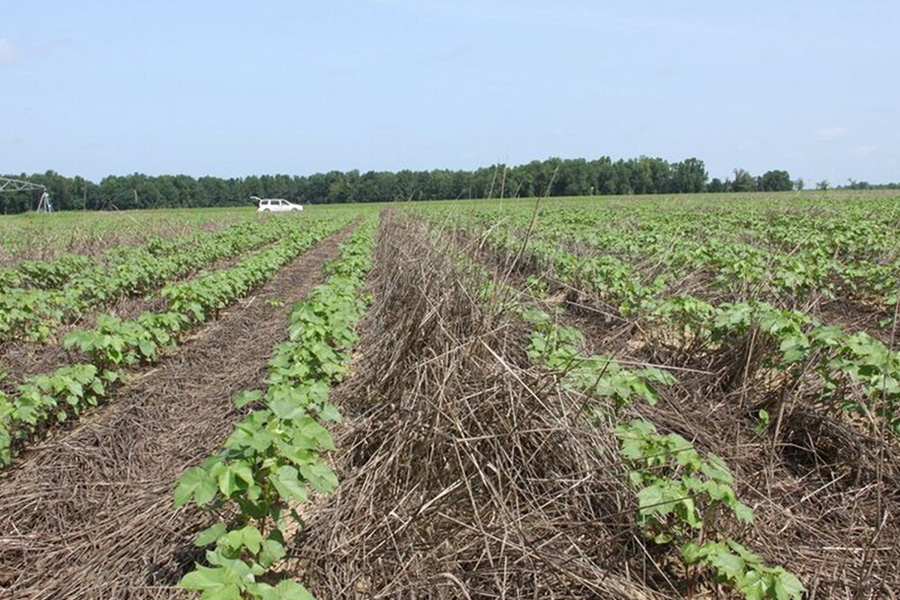
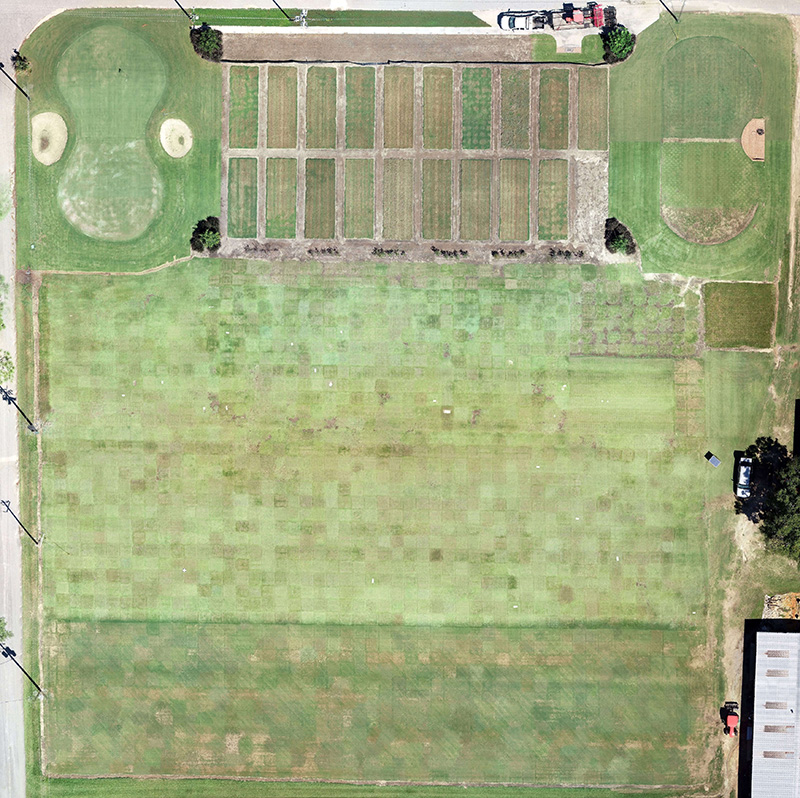
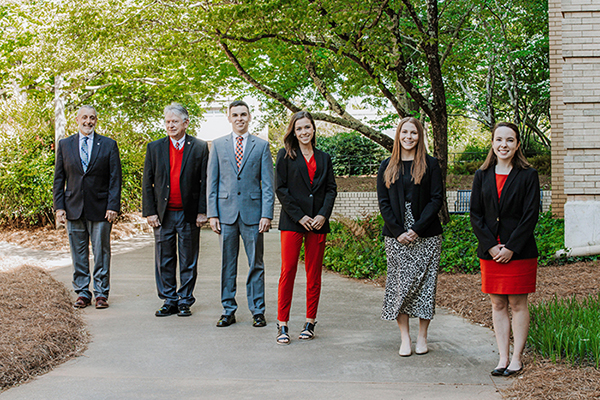
.jpg)
